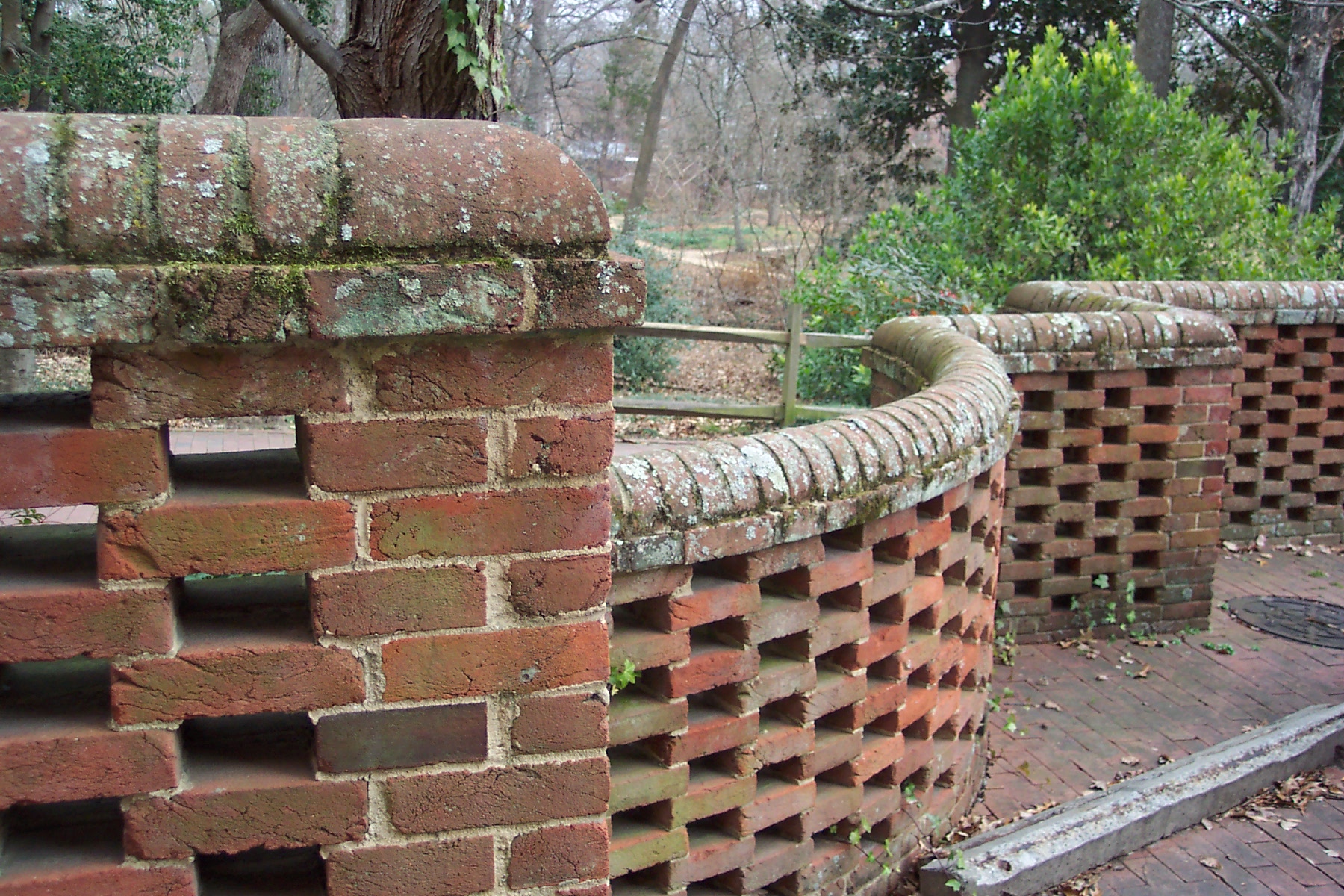

From this axis mundi of pre-war design emanated a covey of Gray’s most storied works, including the lacquered ‘Pirogue’ daybed, alert on its dozen legs, and her unique 'Dragon Armchair', its arms and base formed from two coiling serpents. Between 1918 and about 1922, Gray designed nearly every aspect of Lévy’s apartment on the rue de Lota in the 16th Arrondissement - furniture, lighting, wall treatments, rugs, textiles.

#Screen bricks series
Gray’s small series of freestanding 'Brick' screens from the 1920s followed from her frst major interior, a seminal commission for Paris milliner Madame Juliette Lévy.

In subsequent decades Gray employed lacquer to masterful effect on her signature works, from 'The Lotus Table', her 1913-15 tour de force for couturier Jacques Doucet, to the Maharaja of Indore’s more starkly modern 'Transat' armchair (1930), which sold at Phillips, New York, for $1,538,500 in December 2014.Įileen Gray, hallway for Juliette Lévy’s apartment, rue de Lota, Paris, circa 1922. Her early interest in the medium bloomed into devotion afer she moved to Paris and met her mentor, the young Japanese lacquer artist Seizo Sugawara (1884- 1937). Whereas her Modernist peers advocated a rejection of obsolete styles and timeworn methods, Gray embraced venerable traditions, notably that of Asian lacquer, which she first encountered as a fine art student at London’s Slade School in 1900. Berenice Abbott, portrait of Eileen Gray, Paris, 1926 © Berenice Abbott, Getty Images.Īs a further rejoinder to Modernism, Gray aspired to the allure and beauty of details and rich finishes - not to their elimination - as evidenced by the use of urushi lacquer and raised central panels on either side of the important folding 'Brick' screen, circa 1925 presented here.


 0 kommentar(er)
0 kommentar(er)
